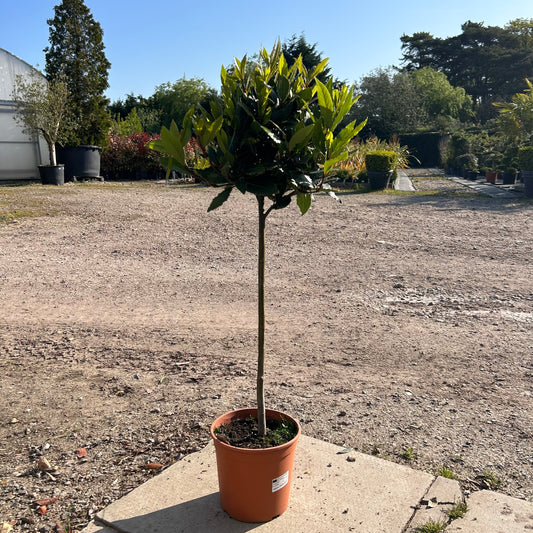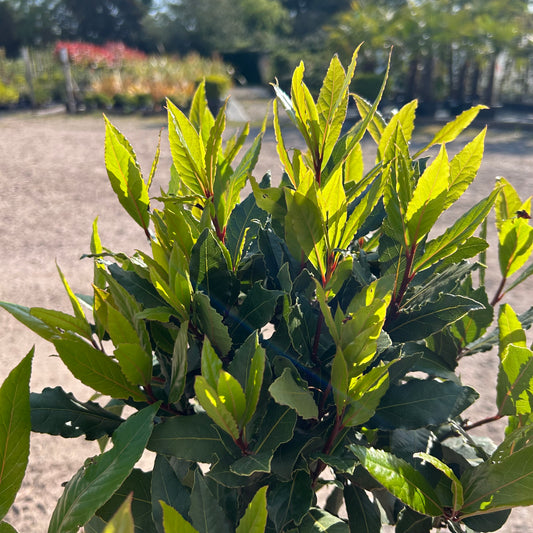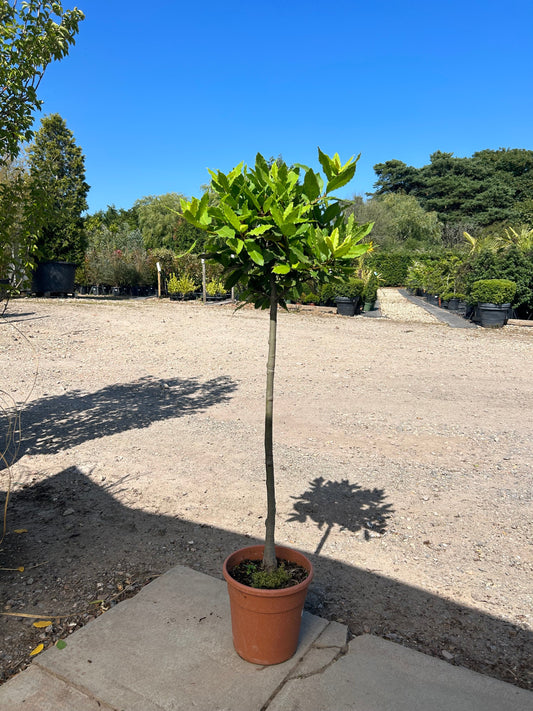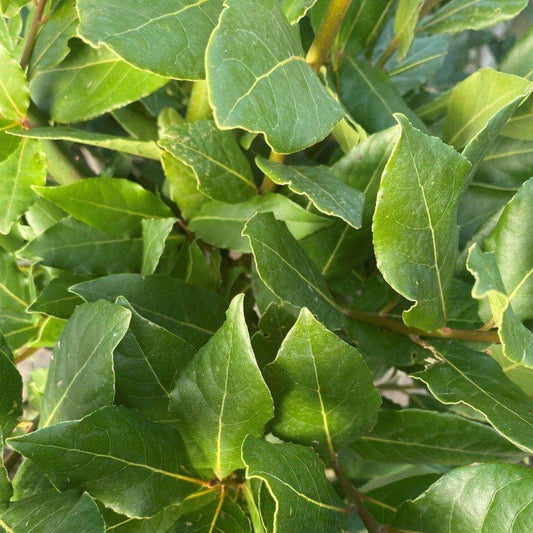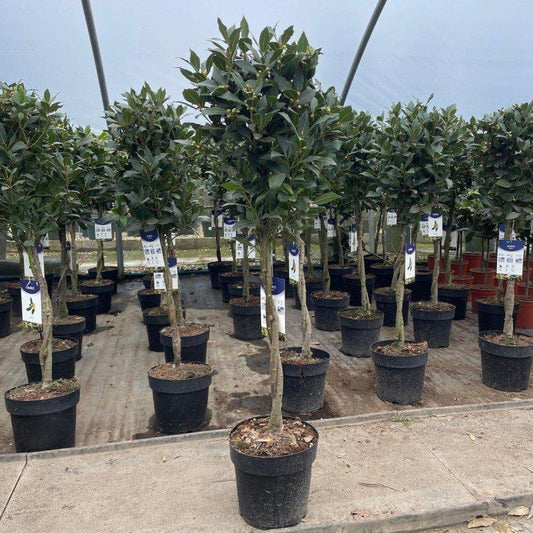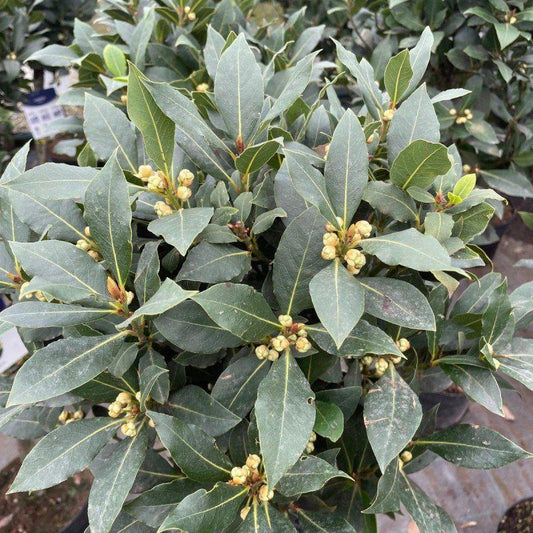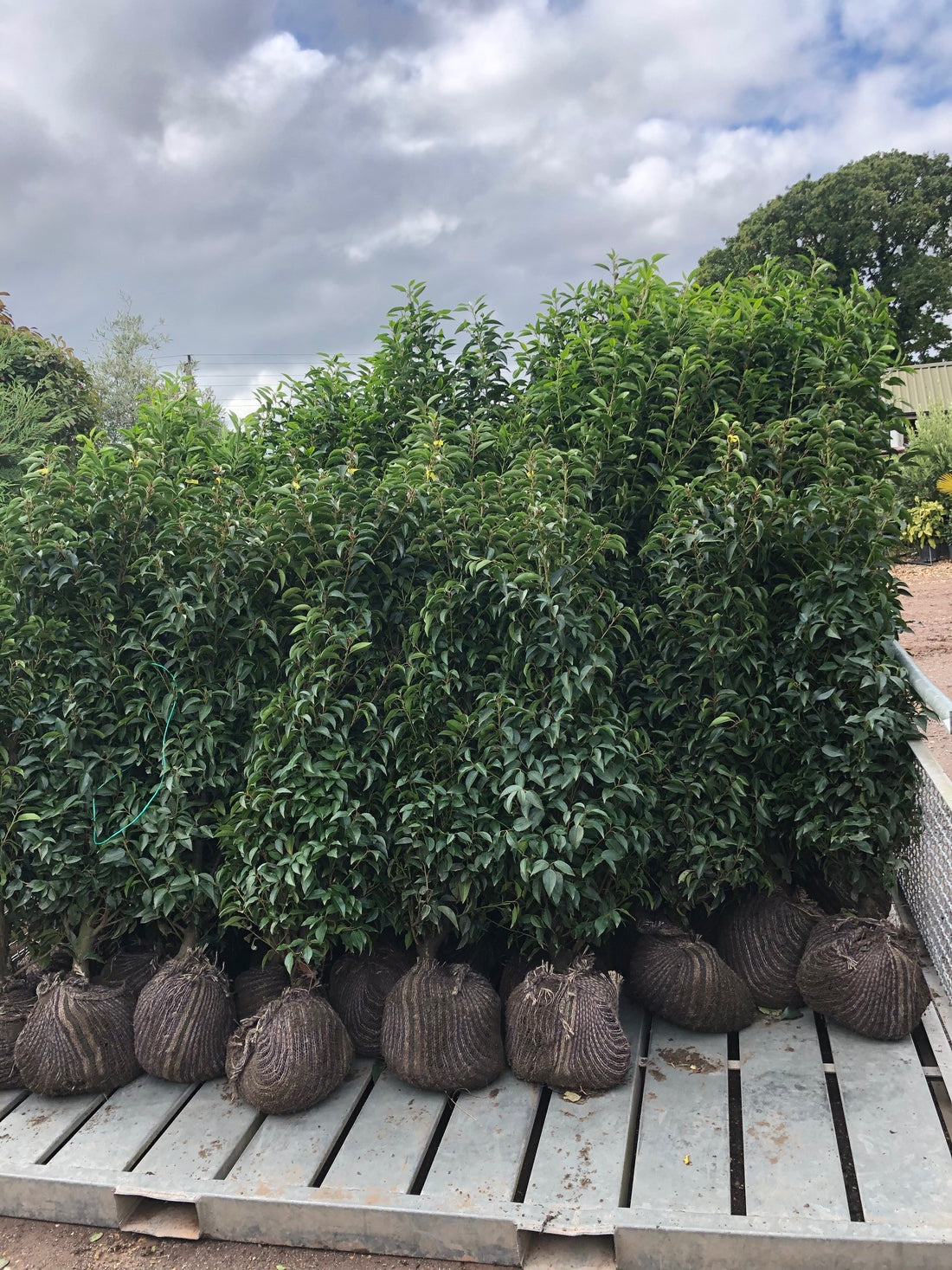Root Ball vs Bare Root vs Container Grown Hedging: A Comprehensive Comparison for UK Gardeners
Inside this Article:
- Root Ball Hedging
- Bare Root Hedging
- Container Grown Hedging
- Comparison Table
- Choosing the Right Type for Your Garden
- Planting and Care Tips
- Frequently Asked Questions
- Which type of hedging establishes the fastest?
- When is the best time to plant each type of hedging?
- Which type of hedging is most cost-effective for large areas?
- Can I mix different types of hedging in one hedge?
- Which type of hedging requires the most aftercare?
- Conclusion
When it comes to creating a beautiful, natural boundary for your garden, hedging is an excellent choice. However, not all hedging plants are created equal. In the UK, gardeners typically have three main options: root ball, bare root, and container grown hedging. Each has its own set of advantages and considerations. In this comprehensive guide, we'll explore the differences between these types, helping you make an informed decision for your garden.
For an in-depth look at root ball hedging specifically, be sure to check out our comprehensive guide for UK gardeners.
Root Ball Hedging
What is Root Ball Hedging?
Root ball hedging plants are grown in the ground for several years, then lifted with a large ball of soil around their roots. This soil is wrapped in biodegradable material, creating the 'root ball'.
Advantages:
- Instant impact: Larger, more mature plants provide immediate privacy and structure
- High success rate: Established root system aids quick adaptation to new location
- Cost-effective for larger sizes: Often cheaper than equivalent container grown plants
- Wide variety of species available
Considerations:
- Limited planting season (typically November to March)
- Heavier and more challenging to handle than bare root plants
- Requires proper planting technique to ensure success
Bare Root Hedging
What is Bare Root Hedging?
Bare root plants are grown in the ground and lifted during the dormant season with no soil around their roots. They're typically smaller and younger than root ball plants.
Advantages:
- Most cost-effective option, especially for large hedges
- Lightweight and easy to handle
- Wide range of species and sizes available
- Can establish extensive root systems quickly in their new location
Considerations:
- Very limited planting season (November to March)
- Requires immediate planting upon delivery
- May take longer to provide full screening compared to root ball or container grown plants
- Needs more initial care and attention after planting
Container Grown Hedging
What is Container Grown Hedging?
Container grown plants are raised in pots throughout their life. They come with their entire root system intact within the growing medium.
Advantages:
- Can be planted year-round
- Minimal transplant shock, leading to quick establishment
- Available in a wide range of sizes, from small to mature specimens
- Ideal for impulsive gardeners or last-minute projects
Considerations:
- Generally the most expensive option, especially for larger sizes
- May have limited root systems if kept in containers too long
- Can dry out quickly, requiring more frequent watering, especially when newly planted
Comparison Table
| Feature | Root Ball | Bare Root | Container Grown |
|---|---|---|---|
| Planting Season | Nov - Mar | Nov - Mar | Year-round |
| Initial Impact | High | Low | Medium to High |
| Cost | Medium | Low | High |
| Establishment Speed | Fast | Slow to Medium | Fast |
| Handling Difficulty | High | Low | Medium |
| Initial Care Required | Medium | High | Low to Medium |
Choosing the Right Type for Your Garden
When deciding between root ball, bare root, and container grown hedging, consider the following factors:
- Budget: If cost is a primary concern, bare root plants offer the most economical solution, especially for large hedges.
- Timing: If you need to plant outside the dormant season, container grown plants are your only option.
- Immediate Impact: For instant screening or mature look, root ball or larger container grown plants are ideal.
- Planting Conditions: Consider your soil type, available labor for planting, and accessibility of the planting site.
- Maintenance Capabilities: Think about how much time you can dedicate to watering and care, especially in the first year after planting.
Planting and Care Tips
Regardless of the type of hedging you choose, proper planting and care are crucial for success:
- Prepare the soil well, removing weeds and incorporating organic matter.
- Plant at the correct depth – the soil mark on the stem should be level with the soil surface.
- Water thoroughly after planting and regularly during the first growing season.
- Apply a thick layer of mulch around the base of the plants to retain moisture and suppress weeds.
- Prune as needed to encourage bushy growth, following species-specific guidelines.

Frequently Asked Questions
Which type of hedging establishes the fastest?
Root ball hedging typically establishes the fastest due to its larger root system and size. Container grown plants also establish quickly. Bare root plants may take longer but catch up over time.
When is the best time to plant each type of hedging?
Root ball and bare root hedging should be planted during the dormant season (November to March). Container grown plants can be planted year-round, but spring and autumn are ideal.
Which type of hedging is most cost-effective for large areas?
Bare root hedging is typically the most cost-effective option for large areas, followed by root ball. Container grown plants are usually the most expensive per unit.
Can I mix different types of hedging in one hedge?
While it's possible to mix types, it's generally recommended to use the same type for uniform growth and establishment. If mixing, ensure plants of similar sizes are used.
Which type of hedging requires the most aftercare?
Bare root hedging typically requires the most aftercare initially, followed by root ball. Container grown plants often need the least immediate aftercare but may need more watering in dry periods.

Conclusion
Each type of hedging – root ball, bare root, and container grown – has its own strengths and ideal uses. By understanding these differences, you can choose the best option for your specific garden needs, budget, and timeline. Remember, regardless of the type you choose, proper planting and aftercare are key to establishing a healthy, vibrant hedge that will enhance your garden for years to come.
For more detailed information on root ball hedging, including planting tips and species recommendations, don't forget to read our comprehensive guide for UK gardeners.


